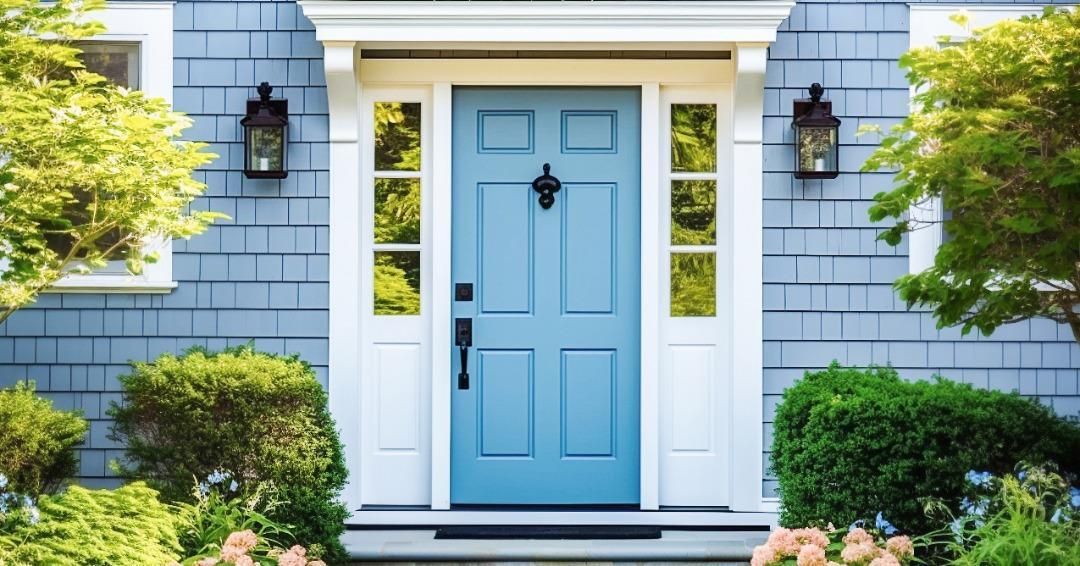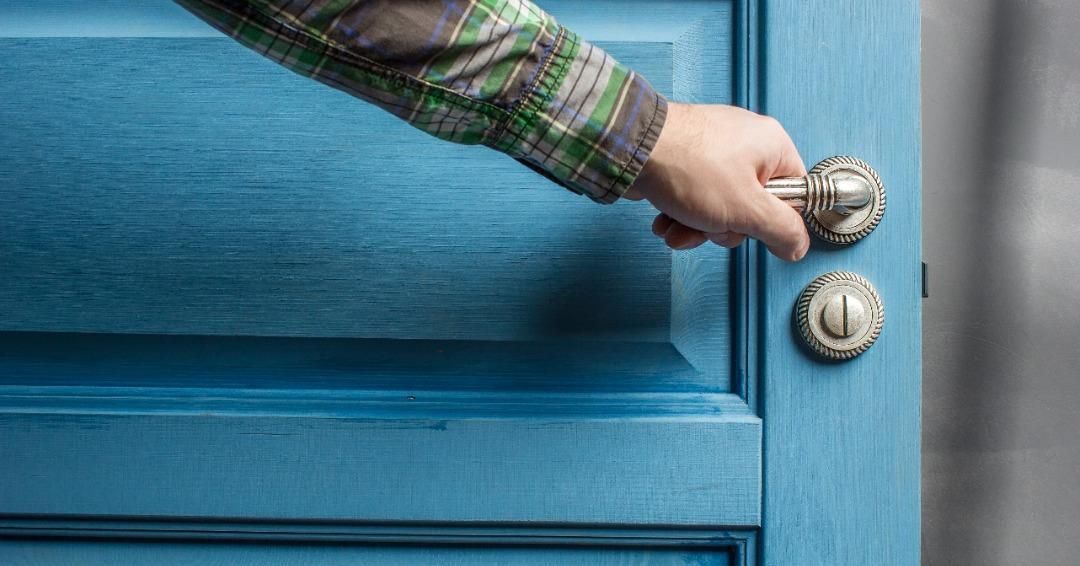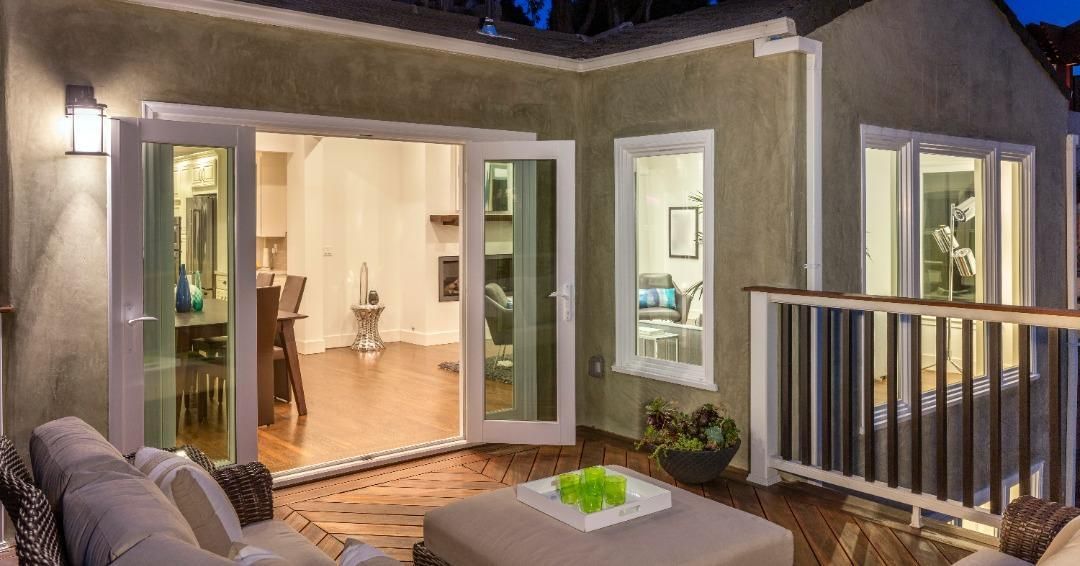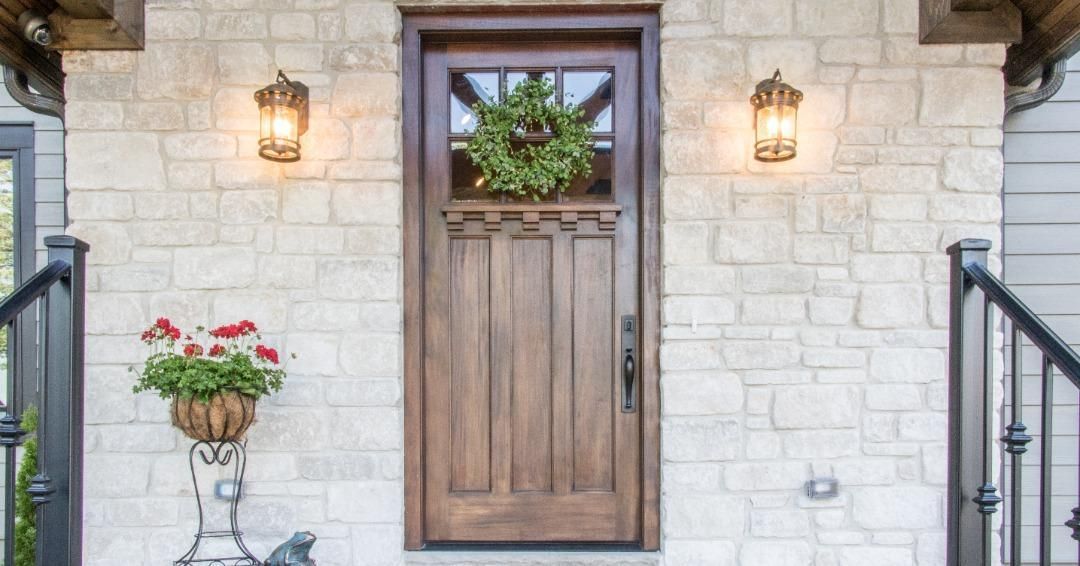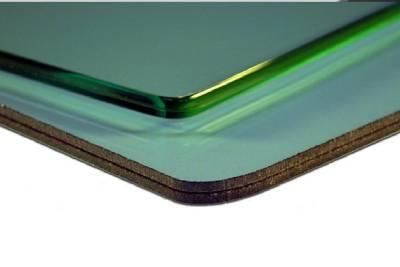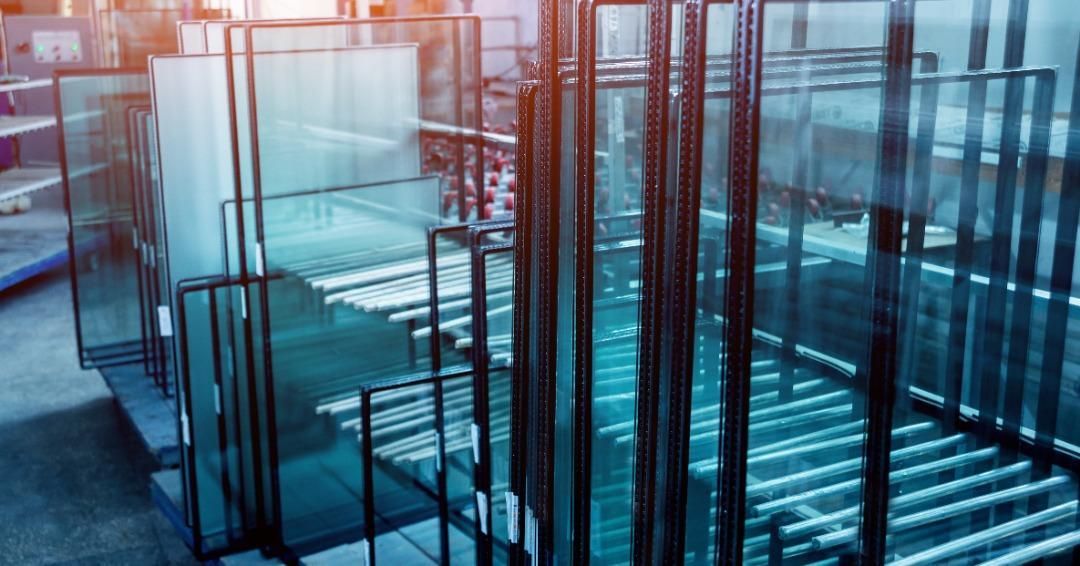What Is Tempered Glass?

Tempered glass is a type of safety glass widely used in various industries and applications. It is produced through a specialized manufacturing process that involves heating the glass to a high temperature and then rapidly cooling it. This process alters the glass’s structure, giving it increased strength and durability compared to regular glass.
Tempered glass is important to grasp because all patio and front doors will include tempered glass.
Understanding the Basics of Tempered Glass
Tempered glass is defined as a type of glass that is four to five times stronger than regular glass of the same thickness. It is designed to break into small, rounded pieces instead of sharp and jagged shards when shattered. This significantly reduces the risk of injury, making it the preferred choice for applications where safety is paramount. Building codes mandate its use in front and patio doors.
But what exactly makes it so strong and safe? Let’s delve deeper into the definition, history, development, and science behind tempered glass.
Definition of Tempered Glass
Tempered glass is a specially processed type of glass that undergoes controlled thermal and chemical treatments to increase its strength and resistance to breakage. It is commonly used in situations where safety is a concern. The tempering process involves subjecting the glass to extreme heat and then rapidly cooling it, creating internal stresses within the glass.
History and Development of Tempered Glass
The development dates back to the early 20th century. French chemist Francois Barthelemy Alfred Royer de la Bastie first discovered and patented it in 1874. Its commercial production and widespread use took several decades to establish.
The breakthrough in tempered glass production came in the mid-20th century when new manufacturing techniques and technological advancements made it more feasible and cost-effective. This led to the widespread adoption of tempered glass in various industries.
Today, it is used in many applications, including windows, shower doors, car windows, mobile devices, and cookware.
The Science Behind Tempered Glass
Tempering glass involves subjecting it to extreme heat followed by rapid cooling. This process creates internal stresses within the glass, increasing its strength and safety characteristics.
During the heating phase, the glass is heated to temperatures around 620 to 650 degrees Celsius (1150 to 1200 degrees Fahrenheit). Then, the glass is rapidly cooled by a process called quenching. The outer surfaces of the glass cool faster than the inner core, which creates compressive stress on the surface and tension within the core.
These internal stresses give tempered glass its unique properties. When broken, tempered glass fractures into small, relatively harmless fragments instead of large, dangerous shards. Additionally, the surface compression provides enhanced strength and resistance to mechanical and thermal stresses.
It is important to note that once tempered glass is produced, it cannot be cut, drilled, or modified without shattering. This is due to the internal stresses within the glass. Therefore, any necessary modifications must be made before the tempering process.
In conclusion, tempered glass is a remarkable material that offers superior strength and safety compared to regular glass. Its unique manufacturing process and internal stresses make it a reliable choice for applications where safety is paramount.
The Manufacturing Process
The manufacturing process of tempered glass involves several steps to ensure the final product meets the required quality standards.
How It’s Made
1. Glass Cutting: The first step is to cut the glass to the desired dimensions and shape. This is typically done using computer-controlled machines to achieve precision and accuracy.
2. Edging and Grinding: After cutting, the edges of the glass are smoothed and polished to remove any sharp edges or imperfections.
3. Washing and Drying: The glass is thoroughly cleaned to remove any dirt or contaminants affecting the tempering process.
4. Pre-Heating: The glass is pre-heated to a temperature between 580 to 620 degrees Celsius (1076 to 1148 degrees Fahrenheit) to ensure even heating during the tempering process.
5. Tempering: The pre-heated glass is transferred to a tempering furnace around 620 to 650 degrees Celsius (1150 to 1200 degrees Fahrenheit). The glass is then rapidly cooled by a stream of air, quenching it and creating the desired internal stresses.
6. Inspection: The glass is inspected for defects or imperfections after tempering. This includes checking for proper dimensions, surface quality, and strength.
Quality Control
Quality control is a crucial aspect of tempered glass production. The process involves rigorous testing and inspection to ensure the glass meets the necessary quality standards. Various parameters, such as thickness, strength, surface quality, and optical clarity, are assessed to ensure the final product is of the highest quality and meets customer requirements.
State-of-the-art measurements and testing equipment, such as optical scanners and impact resistance testers, are used to verify the performance and compliance of tempered glass. This helps to ensure the safety and reliability of the final product.
Properties of Tempered Glass
Tempered glass possesses several unique properties that make it highly desirable for various applications.
Strength and Durability
One of the primary advantages of tempered glass is its exceptional strength and durability. It can withstand higher impact forces than regular glass, making it less likely to break or shatter. This property is particularly important in applications where safety and resistance to breakage are crucial factors.
The inherent strength of tempered glass also makes it resistant to scratches, abrasion, and other environmental factors. It can withstand harsh weather conditions, temperature fluctuations, and chemical exposure, making it ideal for outdoor and high-stress environments.
Safety Features
The safety features of tempered glass are perhaps its most significant advantage. When broken, tempered glass shatters into small, relatively harmless fragments instead of sharp, dangerous shards. This greatly reduces the risk of serious injury and makes it the preferred choice for applications in public spaces, such as doors, windows, and vehicle windshields.
Moreover, the compressive stress on the glass surface provides an added safety factor. It enhances the structural integrity of the glass and helps prevent catastrophic failures, ensuring the safety of individuals near tempered glass installations.
Heat Resistance
Tempered glass exhibits excellent heat resistance properties, allowing it to withstand high temperatures without breaking or deforming. It can generally tolerate temperature differentials of up to 250 degrees Celsius (450 degrees Fahrenheit) without significant thermal stress.
This makes tempered glass suitable for various applications where exposure to extreme temperatures is expected, such as oven doors, fireplace screens, and stovetop protectors.
Applications of Tempered Glass
Tempered glass finds various applications across different industries thanks to its unique properties.
Use in Automotive Industry
One of the prominent applications of tempered glass is in the automotive industry. It is widely used in manufacturing windshields, side windows, and rear windows of automobiles. The tempered glass provides structural integrity, safety, and protection against road debris, while its ability to shatter into small pieces reduces the risk of severe injuries during accidents.
Use in Building and Construction
Tempered glass plays a vital role in the building and construction industry. It is extensively used in doors, windows, skylights, partitions, and balustrades of residential and commercial buildings. The safety features of tempered glass make it an ideal choice for applications requiring transparency, security, and resistance to breakage.
Additionally, tempered glass is used in shower enclosures, glass shelves, and frameless glass installations to provide an elegant aesthetic while ensuring safety and durability.
Use in Electronics
With the rise of electronic devices, tempered glass has found its application in manufacturing screens and displays of smartphones, tablets, and televisions. Tempered glass’s high strength and scratch resistance make it an excellent protective layer on electronic devices, enhancing their longevity and protection against accidental drops and impacts.
Furthermore, tempered glass is also used in camera lenses, touch panels, and other electronic components that require durability, clarity, and resistance to environmental factors.
In closing
With its exceptional strength, safety features, heat resistance, and various useful properties, tempered glass has become an integral component in the automotive, building, construction, and electronics industries. Its exceptional durability and ability to shatter into harmless pieces make it an ideal choice for applications where safety and reliability are paramount.
Please call or contact us for pricing, availability, and repair questions.

